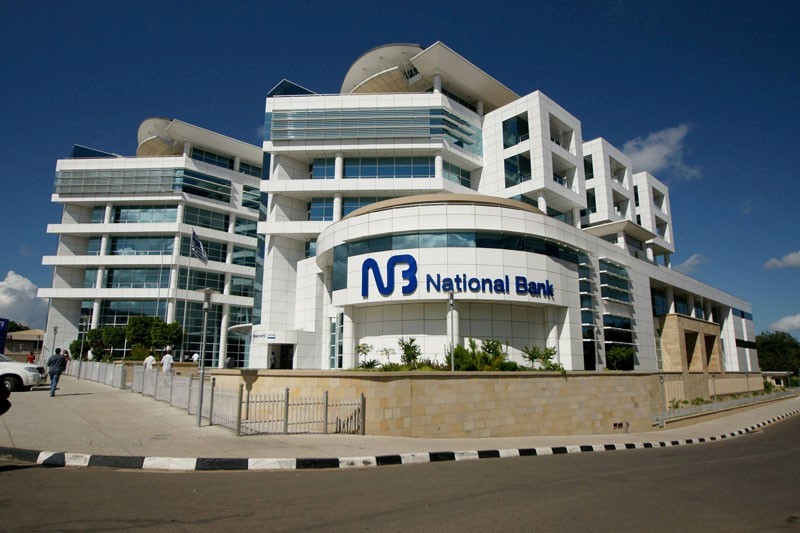Pressure mounts on maize prices
Amid the poor performance of rains and concerns of a below-average harvest in March-April, traders will likely be hoarding maize which could push up prices in the coming months.
This is according to the Famine Early Warning Systems Network (FewsNet), a United States Agency for International Development funded activity.

Already, after an unprecedented poor start to the 2021/22 rainfall season, Malawi started receiving significant rains between January 24 and 26, with Southern and parts of Central Malawi experiencing torrential rainfall from Tropical Storm Ana, leading to widespread flooding.
A FewsNet rapid satellite imagery analysis by World Food Programme (WFP) shows that the flooding has impacted approximately 115 000 people and damaged about 34 000 hectares of cropland.
However, current prices remain favourable for market-dependent households, thereby maintaining the relatively high food access experienced in 2021.
Reads the Fewsnet Malawi update in part: “December 2021 maize prices ranged from K130 to K175 per kilogramme [kg], with the lowest prices in Northern markets followed by Central markets and highest in Southern Malawi markets. In comparison, last year’s prices were much higher, ranging from K160 to K220 per kg.
“Given the poor performance of the rains and concerns of a below-average harvest in March-April, traders are likely hoarding supplies, which may put upward pressure on retail prices in the coming months.”
Ministry of Agriculture figures show that as of December 31 2021, the country had a total supply of 1 693 997 metric tonnes (MT) of maize which were shared among farmers, private traders, National Food Reserve Agency (NFRA) and Agricultural Develpment and Marketing Corporation (Admarc) while the total maize requirement for January to March 2022 was projected at 861 868 MT.
NFRA and Admarc stocks stood at 265 253 MT during the review period.
This left a total domestic cereal surplus of 915 998 MT of which about 767 129 MT was maize.
Agriculture commentator Tamani Nkhono Mvula observed in an interview that in most cases, hoarding of maize by the private sector usually happens when they know that State institutions do not have enough grain, because whenever there is no maize on the market, NFRA has a strategic purpose of releasing maize to the markets.
He said: “But when NFRA is not in a position to do that, private traders find a way to manipulate the market by hoarding the maize they have and releasing the stocks little by little to make abnormal profits out of that.
“So, all I can say is that what Admarc and NFRA have been doing in the past few months of not procuring as much as possible from the market may lead to some of the challenges.”
Nkhono-Mvula urged government to provide funding to the intuitions on time so that they are able to control the market by releasing maize on the market whenever the supply is going down.
On January 10 this year, Minister of Agriculture Lobin Lowe said the country remains stable in terms of maize availability.
Maize, as part of the Consumer Price Index—a measure of price change in a basket of constant quantity and quality of goods and service—contributes 42.5 percent to the inflation basket.





